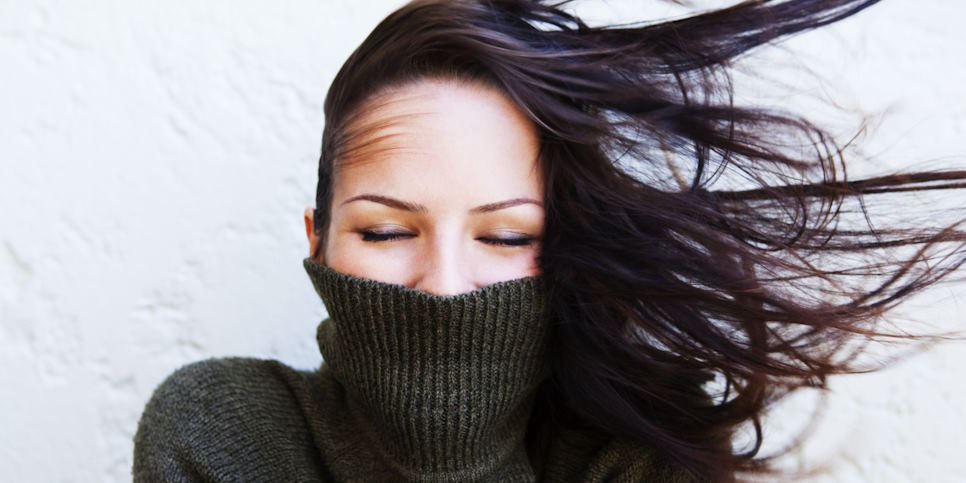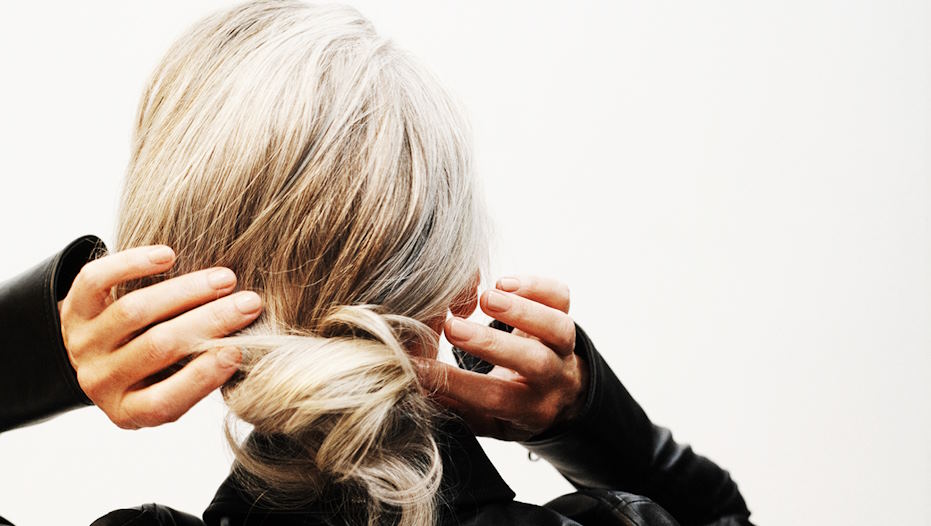As winter descends upon us, the cold air brings with it a common annoyance for many: static electricity. While we often associate static shocks with wool sweaters and carpeted floors, our hair is not immune to the effects of this seasonal phenomenon. As temperatures drop and indoor heating systems kick into high gear, the lack of moisture in the air wreaks havoc on our hair, leaving it frizzy, unruly, and prone to static cling. Understanding the causes of static electricity in winter hair and implementing a proactive hair care routine tailored to combat this issue can help maintain healthy, smooth locks throughout the chilly months.
Proper Hair Care Routine for Winter
Winter brings with it a host of challenges for hair care, with the dry air and indoor heating systems wreaking havoc on our locks. However, with a few adjustments to your hair care routine, you can combat the effects of the cold weather and maintain healthy, luscious hair all season long.

- Hydration: Maintaining proper moisture levels is key to combating the dryness that plagues hair during the winter months. Opt for hydrating shampoos and conditioners that are specifically formulated to replenish moisture and nourish your strands. Additionally, incorporate deep conditioning treatments into your routine at least once a week to provide an extra boost of hydration and repair any damage caused by the harsh winter weather.
- Avoiding Over-Washing: While it may be tempting to wash your hair frequently to combat oiliness or product buildup, over-washing can strip your hair of its natural oils, leading to dryness and increased static. Instead, aim to wash your hair only as needed, typically every 2-3 days during the winter months. If your hair tends to get oily between washes, consider using dry shampoo or simply rinsing with water as an alternative.
- Using Leave-In Conditioners and Anti-Static Products: Incorporating leave-in conditioners into your hair care routine can help add an extra layer of moisture and protection, while also reducing static and flyaways. Look for leave-in conditioners that are lightweight and non-greasy, and apply them to damp hair before styling. Additionally, invest in anti-static hair products such as serums or sprays, which can help smooth frizz and keep static at bay throughout the day.
- Hair Drying Techniques: When it comes to drying your hair, opt for gentle methods that minimize damage and static. Instead of vigorously towel-drying your hair, gently squeeze out excess water and pat your hair dry with a soft towel to avoid roughing up the cuticle and causing frizz. Alternatively, allow your hair to air-dry whenever possible, as excessive heat from blow-drying can further contribute to dryness and static. If you do need to use a blow dryer, use a lower heat setting and aim the airflow downward to help smooth the hair cuticle and reduce static. With these simple adjustments to your winter hair care routine, you can keep static at bay and maintain healthy, beautiful hair all season long.
Protective Hairstyles and Accessories
Hairstyles that reduce friction and static
Embracing protective styles like braids or buns can help minimize friction between your hair strands and clothing, reducing the likelihood of static buildup. Braids, in particular, keep hair contained and prevent it from rubbing against scarves or coats, which can contribute to static. Additionally, when styling your hair, consider using techniques that minimize friction, such as gently finger-combing hair instead of vigorously brushing it.
Suitable hair accessories for winter
When choosing hair accessories for winter, opt for materials and designs that minimize static and friction. Look for accessories made from materials like satin or silk, which are less likely to cause static compared to materials like wool or plastic. Additionally, consider incorporating accessories like headbands or scarves into your hairstyles to help control static. For example, wrapping a silk scarf around a bun not only adds a chic touch to your look but also helps prevent static by minimizing friction between your hair and outerwear.

